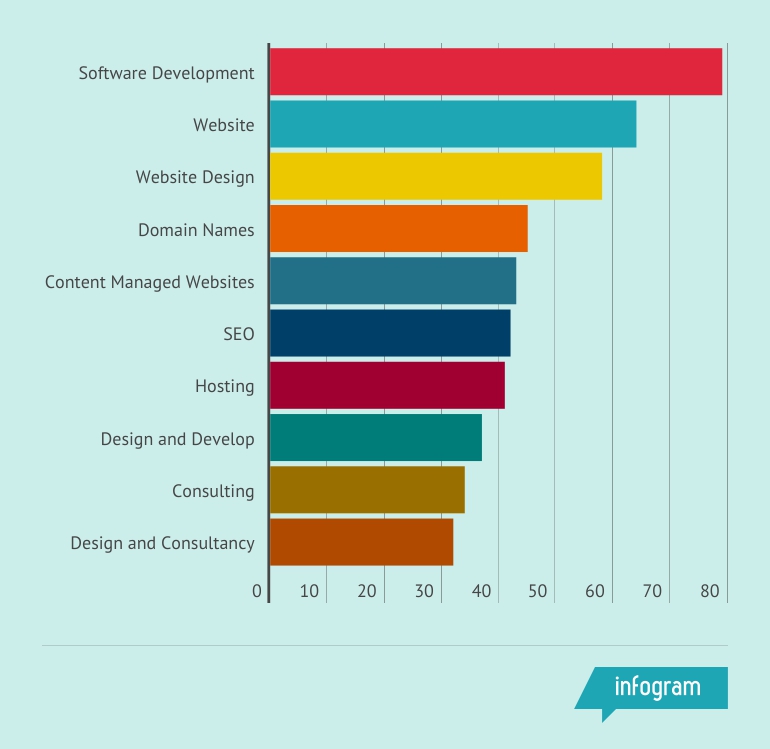Augmented Reality and Virtual Reality? What does it all mean?
Category: Blog
By Janice
30/08/2016
Simplistically Virtual Reality (VR) is a computer generated simulation of something real which the user is immersed in. Augmented Reality (AR) is exactly what it says, it’s computer generated enhancements layered on top of the real world.
VR has surfaced at several points over the past twenty years, as technology that shows promise for the mass market. Yet, for all the hype, it’s never seemed to quite cut the mustard. The main problem is that VR requires expensive, specialist gear to run. Filling your vision entirely with another reality takes at the very least some kind of enclosed goggles which it is felt would not appeal to a wide audience.
Even the Augmented Reality technology Google glass, which used a transparent headpiece, looked far too nerdy to be accepted by the mass market. A much better solution is to work with the smart phones that people use on a daily basis.
We’ve been using AR for longer than you think. Technically the smart barcodes that you find on adverts are an example of marker tracking AR. This is the most basic method of ensuring that the software does things such as direct you to a specific web page or pinpoint your location. Obviously the downside to this is that everything would have to have a printed barcode on it.
However, companies like Blipper are becoming successful by using different methods. These programs use a combination of GPS and image recognition technology to identify where the user is, and what they’re looking at. This is known as markerless tracking. The possibilities are truly staggering. As an example think of sitting in a doctors surgery and you come across a house in a magazine you like the look of. With AR technology you could point your phone camera at the image and be instantly taken into the house virtually to look about using the phone screen. This is but a taste of the possibilities on offer.
Evidently investors feel the tech has potential. Blipper has just secured another slew of funding with 32 m coming from the Malaysian government’s technology investment fund. The companys CEO Ambarish Mitra says that the combined VR/AR market would be worth $150bn (£107bn) by 2020 - but that AR would account for $120bn (£86bn) of that.
Mitra says that millions around the world already use their phones to search for information. One popular use for the app will be language translation – especially useful for tourists abroad. The idea being that the text of a sign can be recognised, translated and suggestions as to where to go next added.
There’s no doubt that many aspects of AR are just a convienient way to do many of the things we would run an internet search for. One gets the feeling though that AR will be so much more interactive and tactile as a digital experience. Plus it will have real, on the ground benefits especially when it comes to exploring our surroundings. The sense is that with AR we are about to cross another bridge between the digital and the actual. What exactly lies in store is only a mystery. But given the evidence so far it seems our world would become increasingly intertwined with the virtual to become augmented.
To Find out More:
e-mail us on support@companyconnecting.com
call us on 0845 643 5375
"Augmented Reality and Virtual Reality? What does it all mean?" First published on Company Connecting August 2016
©Company Connecting





